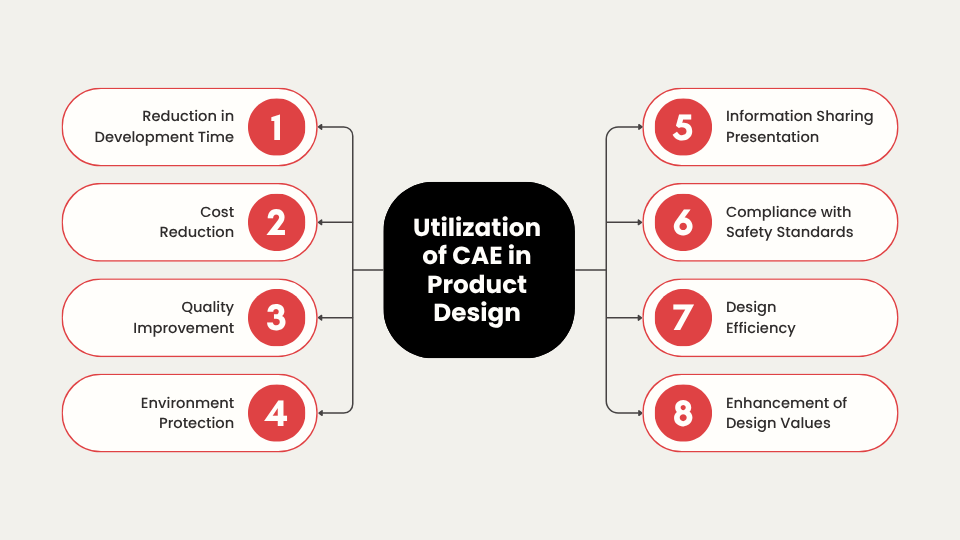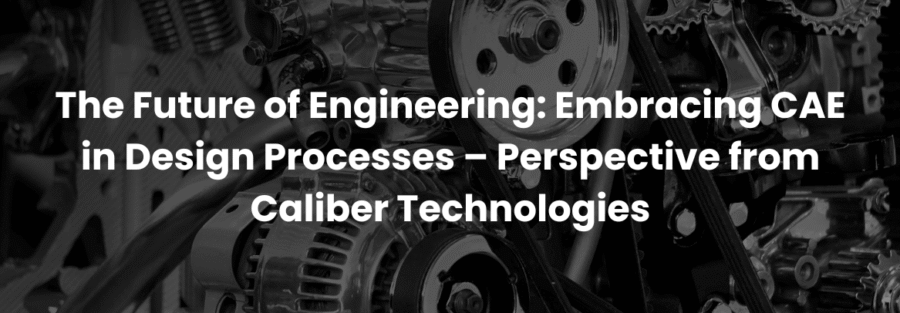As engineering disciplines continue to evolve, the integration of Computer-Aided Engineering (CAE) into design processes is becoming increasingly vital. CAE encompasses a range of tools and methodologies that allow engineers to simulate and analyze designs in a virtual environment, enhancing both innovation and efficiency. Here’s a closer look at how CAE is shaping the future of engineering.

- Accelerated Design Cycles
One of the most significant advantages of CAE is its ability to expedite the design process. Engineers can quickly iterate on designs, testing multiple scenarios and configurations without the time and cost associated with physical prototypes. This rapid prototyping enables faster decision-making and shorter time-to-market for new products.
- Enhanced Accuracy and Precision
CAE tools provide detailed insights into how a design will perform under various conditions. By using simulations to analyze stress, thermal effects, and fluid dynamics, engineers can identify potential issues early in the design phase. This enhanced accuracy reduces the likelihood of costly errors and rework later in the process.
- Cost Reduction
By minimizing the need for physical testing and prototyping, CAE significantly lowers project costs. Engineers can conduct comprehensive analyses virtually, reducing material waste and resource expenditure. Additionally, the ability to optimize designs for manufacturing can lead to more efficient production processes.
- Interdisciplinary Collaboration
CAE facilitates better collaboration among engineering teams. By providing a shared platform for simulation and analysis, team members from different disciplines can work together more effectively. This interdisciplinary approach leads to more innovative solutions, as diverse perspectives are integrated into the design process.
Conclusion
The future of engineering is undeniably intertwined with the adoption of CAE in design processes. As industries strive for greater efficiency, accuracy, and sustainability, embracing these advanced tools will be essential. By leveraging the power of simulation and analysis, engineers can not only enhance their designs but also drive innovation and shape the next generation of engineering solutions.
In a world where rapid change is the norm, CAE stands out as a crucial ally in navigating the complexities of modern engineering challenges. Embracing CAE is not just an option; it’s a necessity for staying competitive and creating impactful, sustainable designs & more.

